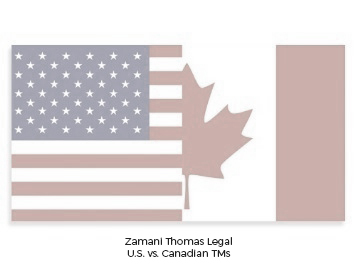Drake vs Universal
Drake vs Universal: From Booth to Courtroom What started as a threat a month or so ago has now become an actual case. In Drake vs Universal (UMG)I guess this is what happens now when the two biggest names in rap clash. While I am not here to pass judgment on either side, there was … Read more



